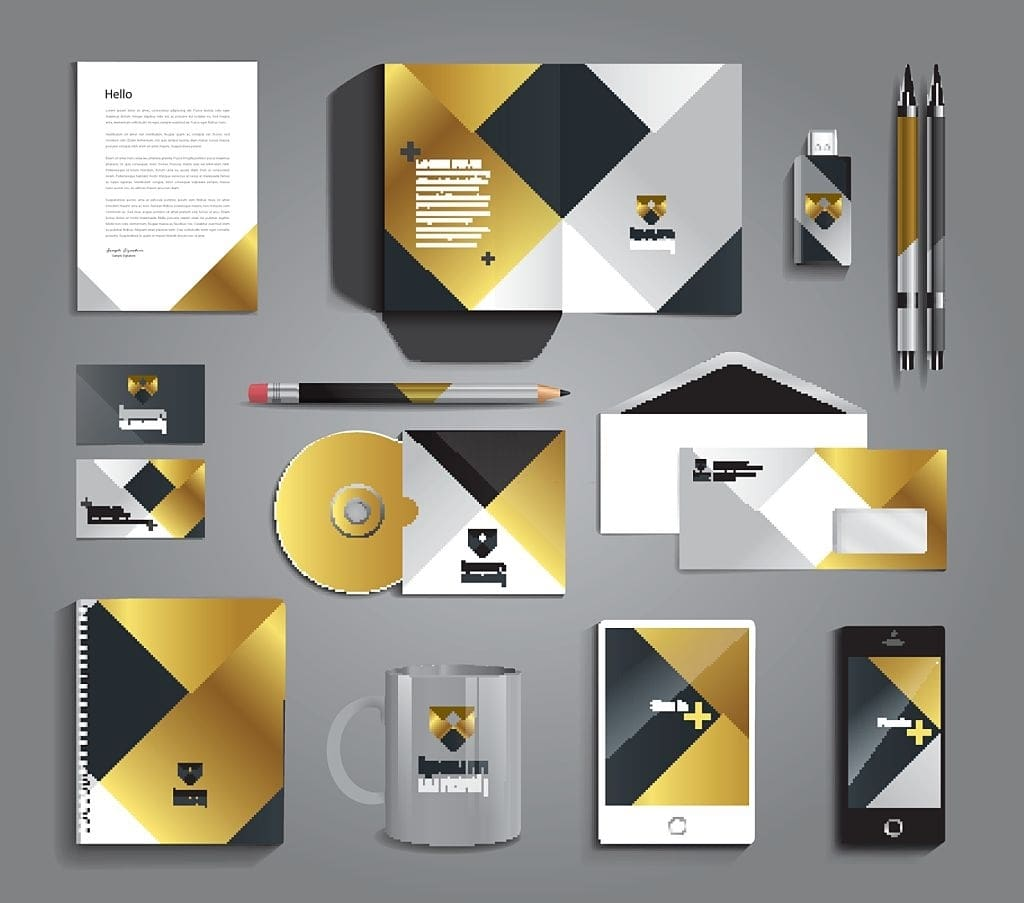Stationery design might seem like a lost art, but it remains a crucial element of personal and professional communication. Whether you’re crafting business cards, letterheads, or invitations, mastering stationery design can elevate your brand and leave a lasting impression on recipients. In this blog post, we’ll explore essential tips and tricks to help you create stunning stationery designs that captivate your audience.
Introduction to Stationery Design
Stationery design encompasses a wide range of materials used for written correspondence and communication. From business stationery for corporate branding to personal stationery for special occasions, the design principles remain the same. The goal is to create visually appealing and functional designs that reflect the personality or brand identity of the sender.
Understanding Design Principles
Typography:
Choose fonts that are legible and align with the tone of your message. Experiment with font pairings to create visual interest.
Color Palette:
Select a cohesive color scheme that complements your brand or event theme. Consider the psychological impact of colors on the recipient.
Layout and Composition:
Pay attention to the arrangement of text and graphics on the page. Maintain visual balance and hierarchy to guide the reader’s eye.
Whitespace:
Embrace whitespace to prevent overcrowding and allow elements to breathe. White space can enhance readability and draw attention to key elements.
Tips for Business Stationery Design
Brand Consistency:
Ensure that your business stationery reflects your brand identity, including logos, colors, and messaging.
Professionalism:
Opt for clean and minimalist designs that exude professionalism. Avoid cluttered layouts or overly decorative elements.
Contact Information:
Make it easy for recipients to contact you by including essential details such as phone numbers, email addresses, and physical addresses.
Creative Ideas for Personal Stationery Design
Custom Illustrations:
Add a personal touch to your stationery with hand-drawn illustrations or custom artwork.
Monograms and Initials:
Incorporate monograms or initials for a sophisticated and personalized touch.
Thematic Designs:
Tailor your stationery to suit specific occasions or themes, such as weddings, holidays, or celebrations.
Printing and Materials
Paper Quality:
Choose high-quality paper stock that enhances the look and feel of your stationery. Consider factors like texture, weight, and finish.
Printing Techniques:
Explore different printing methods, such as offset printing, digital printing, or letterpress, to achieve the desired effect.
Special Finishes:
Elevate your stationery with special finishes like embossing, foil stamping, or die-cutting for added visual impact.
Conclusion
Mastering stationery design is a blend of creativity, craftsmanship, and attention to detail. Whether you’re designing for business or personal use, implementing these tips and tricks can help you create stunning stationery that makes a memorable impression on recipients. With the right combination of design elements and printing techniques, your stationery designs can truly stand out in a crowded digital world. Incorporating these tips into your stationery design process can elevate the impact of your communications and leave a lasting impression on recipients. By mastering the art of stationery design, you can create visually stunning and impactful pieces that reflect your brand or personal style


